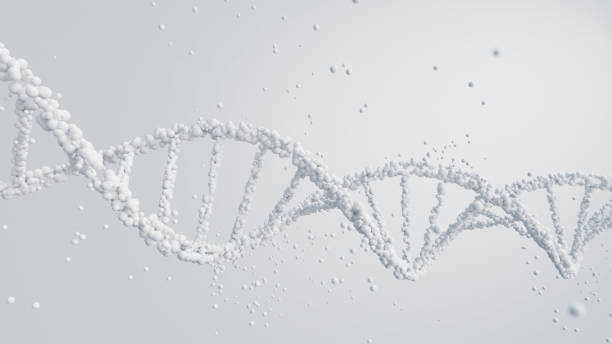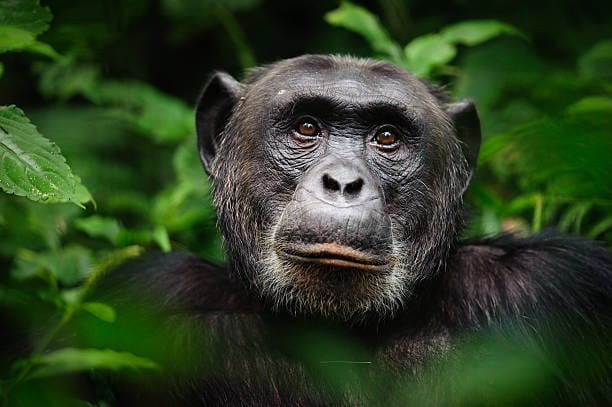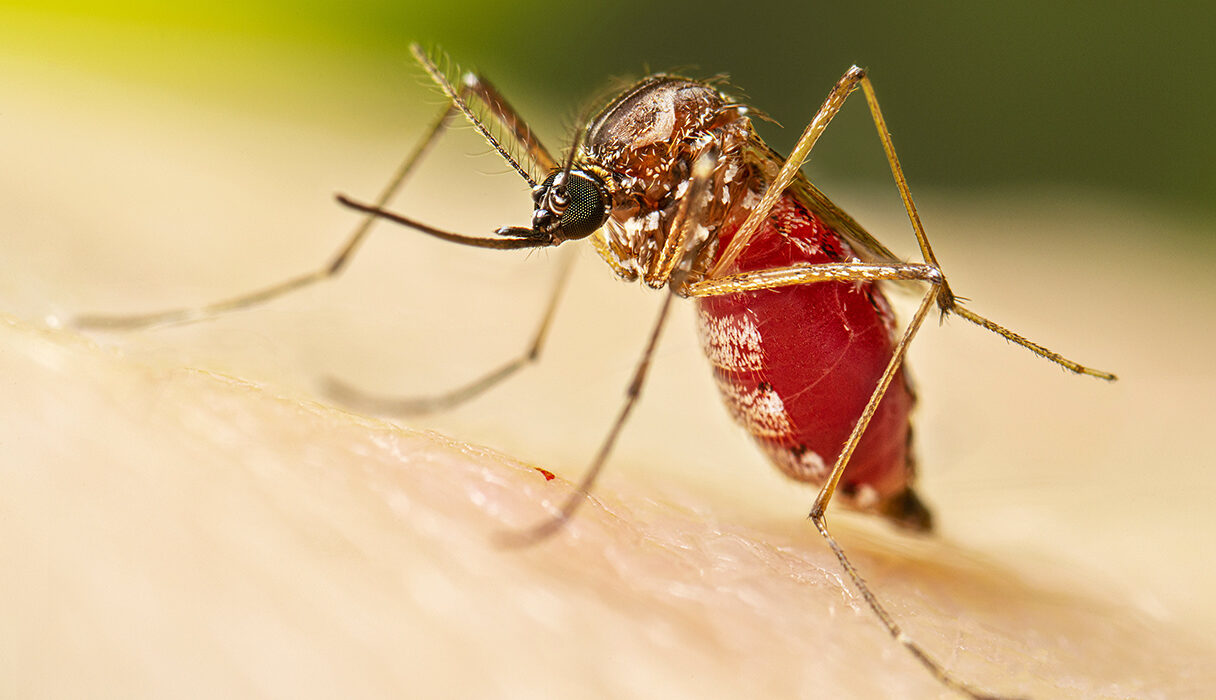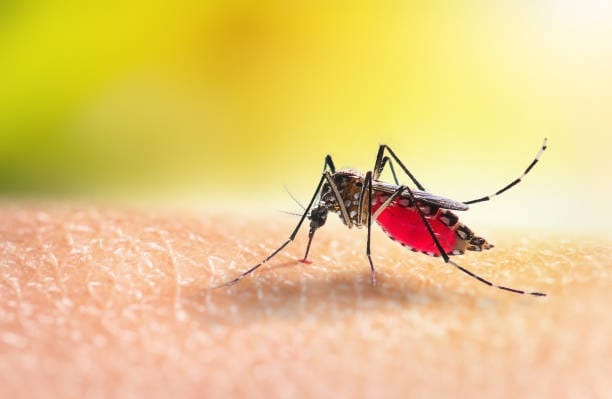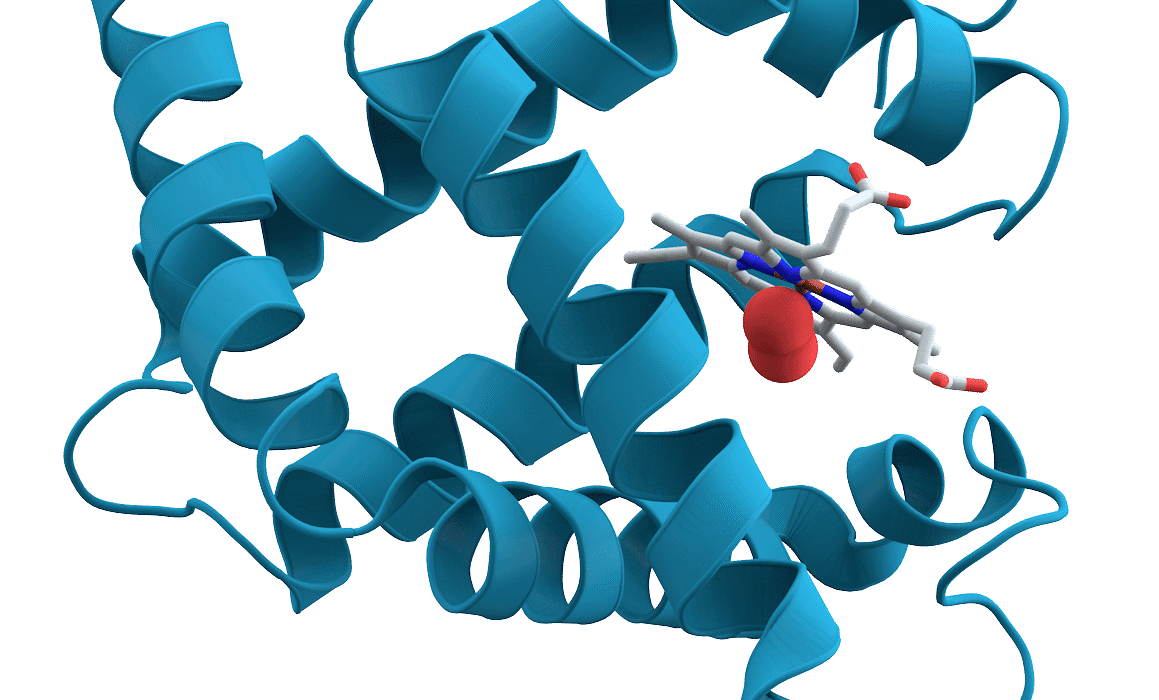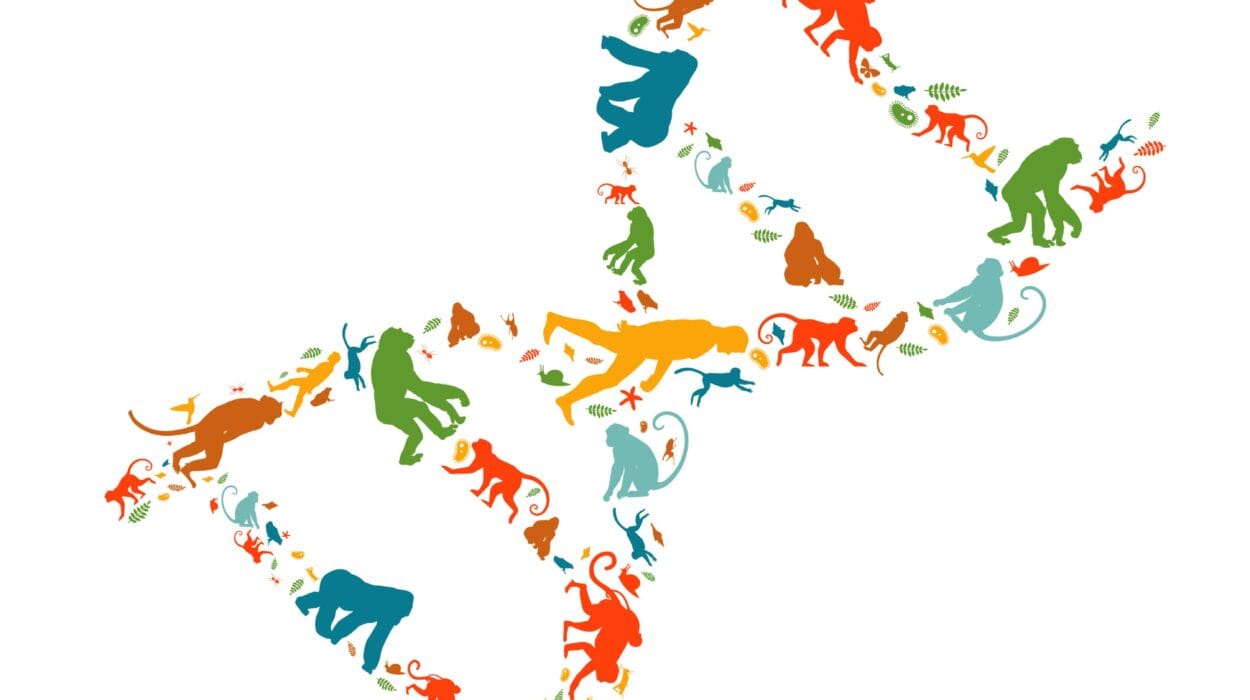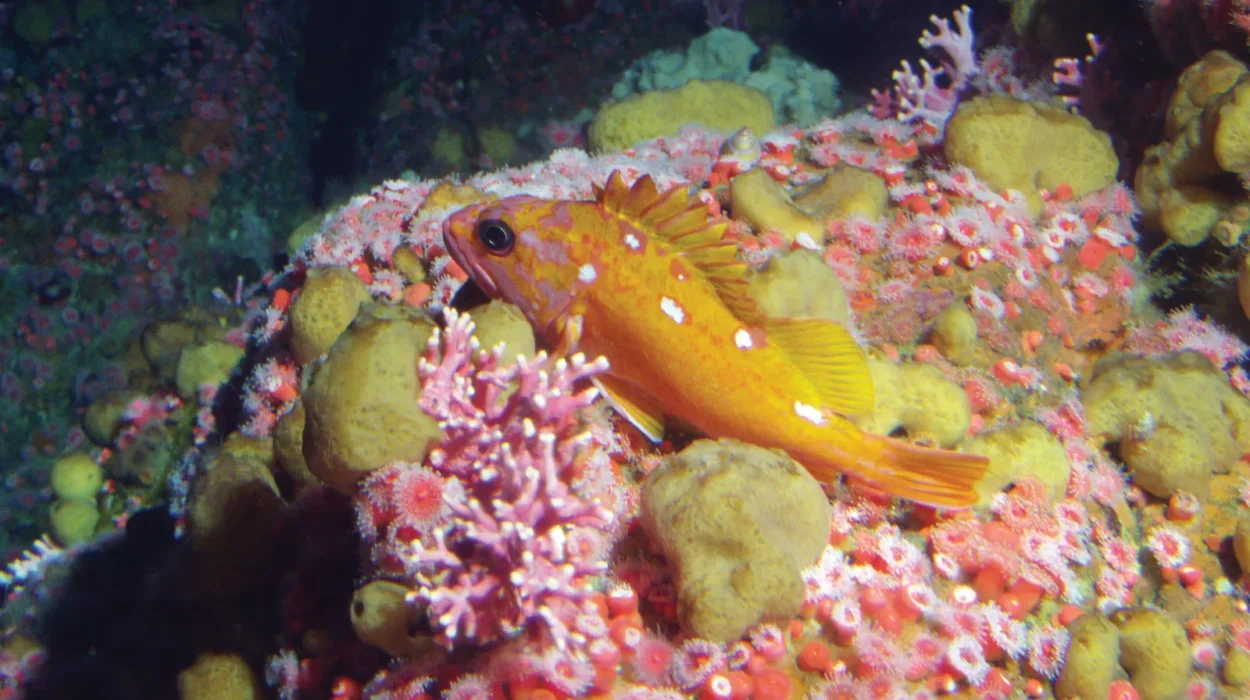In the quiet marvel of life, few forces are as powerful or as fundamental as heredity. It’s the silent courier that passes traits from one generation to the next, the blueprint etched into every cell that determines not only how we look, but often how we think, how our bodies function, and how susceptible we may be to disease. Heredity is the bridge between ancestry and individuality, between history and possibility.
From the deep green of your mother’s eyes to the arch of your grandfather’s eyebrows, heredity works in subtle, profound ways. But beyond the visible—beyond the curl of your hair or the length of your limbs—lies a mysterious code. A code written not in ink or stone, but in the twisting, helical molecules of DNA. Heredity is biology’s most captivating story, a saga that connects peas in a garden to the complexity of the human genome, and it all begins with the transmission of information from parent to offspring.
Tracing the Roots of Heredity
The word “heredity” comes from the Latin hereditatem, meaning “condition of being an heir.” Long before scientists understood what genes were, people understood heredity in a practical sense. Farmers bred crops and livestock for desired traits. Royals obsessed over lineage. Children were often told they had “their father’s chin” or “their mother’s wit.”
But the science of heredity truly began to crystallize in the mid-1800s in the hands of a humble Austrian monk named Gregor Mendel. In the gardens of his monastery, Mendel conducted experiments on pea plants that would forever change our understanding of biology. By carefully cross-pollinating plants and observing how traits like flower color and seed shape passed down through generations, Mendel uncovered patterns—ratios, dominances, and recessions—that pointed to an invisible mechanism of inheritance.
Mendel called these units “factors.” Today, we call them genes. His work, largely ignored during his lifetime, would resurface decades later and become the foundation for the field of genetics. And so, what began in a monastery garden evolved into the science that would decode the human genome and unlock the secrets of heredity.
The Molecular Architects: Genes and DNA
At the molecular level, heredity is governed by genes—segments of DNA (deoxyribonucleic acid) that reside in the nucleus of our cells. DNA is a masterwork of molecular architecture: a double helix composed of four chemical bases—adenine (A), thymine (T), cytosine (C), and guanine (G)—which pair in a specific manner. These sequences carry the instructions for building proteins, the workhorses of the cell, and by extension, the entire organism.
Each gene codes for a specific protein or function. These genes are bundled into chromosomes—23 pairs in humans—and it is these chromosomes that are passed from parent to child during reproduction. Half of your chromosomes come from your mother, and half from your father. The particular combination of genes you inherit defines your genotype, while how those genes express themselves in your body—their visible or measurable effects—is your phenotype.
But genes don’t work in isolation. They interact with each other, and with the environment, in complex ways. A single gene may influence multiple traits, and a single trait may be influenced by multiple genes. Some traits are strongly genetic, like blood type or certain genetic disorders, while others—such as intelligence or personality—are shaped by a dynamic interplay between genes and experience.
Dominance, Recessiveness, and the Dance of Alleles
Heredity’s mechanics are further clarified when we examine alleles, the different versions of a gene. You inherit two alleles for every gene—one from each parent. These alleles may be the same or different. If both are the same, you are homozygous for that trait; if different, you are heterozygous.
Dominant alleles mask the effects of recessive ones. This simple principle, first observed by Mendel, explains why certain traits appear even if only one parent passes down the gene. For example, if the allele for brown eyes is dominant over blue, a child who inherits one brown allele and one blue will typically have brown eyes.
But not all traits are so simple. Many are polygenic, meaning they are influenced by multiple genes. Others exhibit incomplete dominance or co-dominance, where both alleles contribute to the phenotype. The world of heredity is rarely black and white—it is a spectrum of possibility shaped by the rules of biology and the chaos of life.
Mutations: The Sparks of Evolution and Disease
While heredity is about stability—passing traits from one generation to the next—it is also about change. Mutations are changes in the DNA sequence that can arise spontaneously or due to environmental factors like radiation or chemicals. These mutations can be neutral, beneficial, or harmful.
Beneficial mutations are the raw material of evolution. They introduce diversity into the gene pool, allowing populations to adapt to changing environments over generations. Without mutation, evolution would grind to a halt. Harmful mutations, on the other hand, can lead to genetic disorders like cystic fibrosis or sickle cell anemia.
Some mutations are inherited, passed from parents to children. Others occur in somatic cells and affect only the individual. The study of mutations and their effects on heredity has become one of the most vibrant and critical areas in modern genetics, informing everything from cancer research to personalized medicine.
Beyond Genes: The Role of Epigenetics
For much of the 20th century, heredity was seen through the lens of DNA alone. But in recent decades, scientists have discovered another layer of genetic regulation—epigenetics. This field explores how gene expression is controlled not just by the DNA sequence, but by chemical modifications to DNA and histones (the proteins around which DNA is wrapped).
Epigenetic marks can turn genes on or off without altering the genetic code. They are influenced by factors such as diet, stress, exposure to toxins, and even parenting behavior. Remarkably, some epigenetic changes can be passed down to future generations, adding a new dimension to heredity—one that blends nature and nurture in profound ways.
Epigenetics helps explain why identical twins, who share the same DNA, can develop different traits or susceptibilities to disease. It also challenges the idea that we are merely the sum of our genes, showing that life experience can shape biological destiny in ways we are only beginning to understand.
Heredity in Human Health and Disease
Understanding heredity is essential to understanding human health. Many diseases have a genetic component, from rare single-gene disorders to complex conditions like diabetes, heart disease, and schizophrenia. Advances in genetic testing now allow individuals to assess their risk for various conditions based on their DNA.
But genetics is not destiny. While heredity plays a role in disease, so do lifestyle and environment. A person may carry a gene for a condition and never develop it, or conversely, develop a disease without any known genetic predisposition. The field of genetic counseling helps individuals navigate this uncertainty, offering guidance based on family history, genetic tests, and personal values.
In medicine, heredity has also become a cornerstone of precision medicine—a movement that seeks to tailor treatment to an individual’s genetic profile. From cancer therapies to drug metabolism, doctors are increasingly using genetic information to optimize care and outcomes.
Heredity in the Animal and Plant Kingdoms
Though much of our focus is on human heredity, the principles apply across the entire spectrum of life. In animals, heredity shapes everything from the color of a bird’s feathers to a dog’s temperament. In agriculture, breeders manipulate heredity to develop crops that are more nutritious, resilient, or productive.
Genetic engineering has taken this a step further. By directly editing the genes of plants and animals, scientists can accelerate what used to take generations. Genetically modified organisms (GMOs) have sparked debate, raising questions about ethics, safety, and biodiversity, but they also highlight the power we now wield over heredity itself.
In conservation biology, understanding heredity is key to preserving endangered species. Genetic diversity within populations helps ensure resilience and survival. When species are pushed to the brink, their limited gene pool can become a liability, making them more vulnerable to disease and environmental change.
Heredity Across Cultures and History
Beyond the lab, heredity has deep cultural and historical resonance. It shapes our identities, our notions of kinship, and even our myths. Family trees are cherished heirlooms; royal bloodlines have shaped empires; hereditary titles and caste systems have defined societies.
In the darker chapters of history, misapplications of heredity have fueled pseudosciences like eugenics—attempts to control human reproduction in pursuit of a “better” race. These ideologies led to forced sterilizations, discriminatory policies, and atrocities that still haunt humanity. They serve as stark reminders of the ethical responsibilities that accompany our growing understanding of heredity.
Today, as we unravel the genome and explore the frontiers of genetic editing, these lessons are more important than ever. Heredity is powerful, but it must be approached with humility, compassion, and a deep respect for the complexity of life.
The Genomic Age and the Future of Heredity
We are living in the age of the genome. The Human Genome Project, completed in 2003, mapped all the genes in human DNA—a monumental achievement that has opened new vistas in medicine, anthropology, and biotechnology. Today, consumer DNA testing companies offer insights into ancestry, health risks, and even personality traits, based on a spit sample mailed from home.
As technologies like CRISPR make gene editing faster, cheaper, and more precise, we face unprecedented choices. Should we eliminate genetic diseases before birth? Should we “design” children for intelligence or athleticism? What are the societal consequences of unequal access to genetic technologies?
These questions are no longer science fiction. They are real, pressing, and demand thoughtful dialogue. The future of heredity is not just about what we inherit—it is about what we choose to pass on.
The Personal and Universal Nature of Heredity
In the end, heredity is both deeply personal and profoundly universal. It connects us to our parents and grandparents, to distant ancestors whose names we may never know. It ties us to all living organisms, from fungi to whales, through the shared language of DNA. And it holds the keys to our health, our potential, and our future.
Whether we marvel at a newborn’s resemblance to her mother, ponder the origins of a rare inherited trait, or peer into our own genome, we are engaging with the story of heredity—a story as old as life itself, and as new as the next discovery waiting in a lab somewhere.
In the double helix of our DNA, we carry the wisdom of evolution and the promise of tomorrow. Heredity is not just a biological mechanism—it is a living legacy, passed from cell to cell, from parent to child, from past to future.
